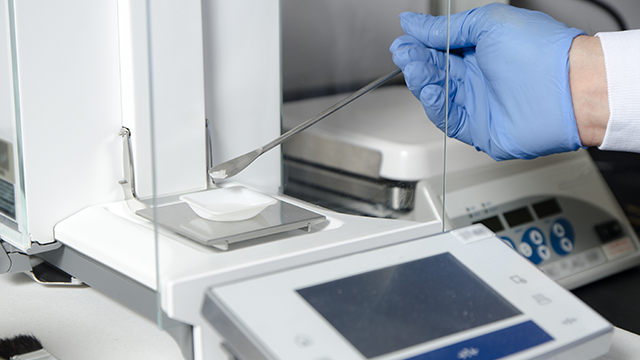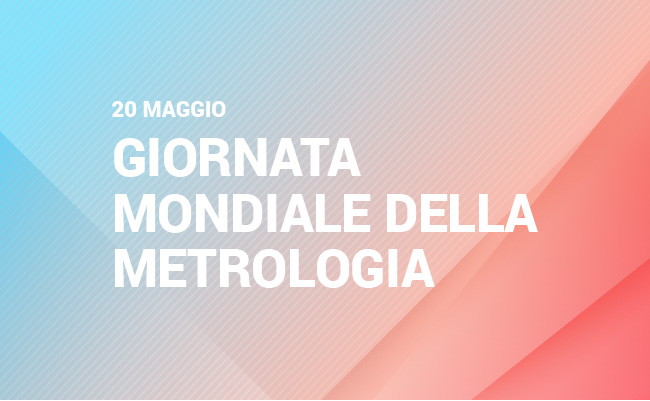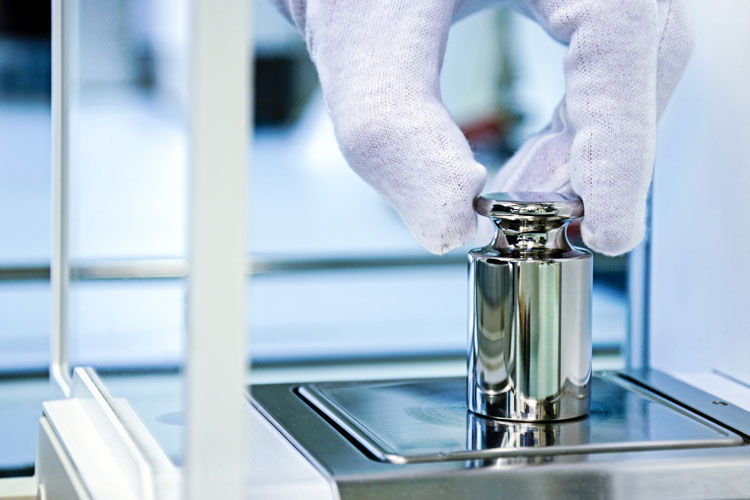Press room
Metrology, the science of measurement
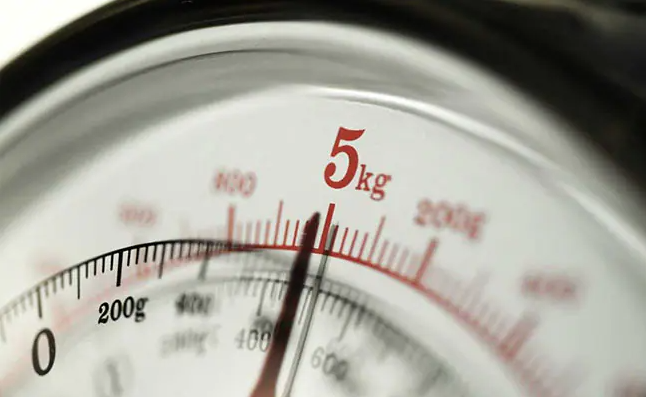
Metrology is the science whose object is the study of the principles, methods and means necessary to measure physical quantities: its field of study includes the analysis of measurement systems, the development of new measuring instruments and the definition of the units of measurement.
This discipline is fundamental in multiple sectors, from science and technology to industry and commerce. But how was metrology born and what are its historical roots?
Very ancient origins
With the rise of large, complexly structured empires in Mesopotamia and Egypt, the need to develop and adopt a closed measurement system emerged. Around 3000 BC. C., the complex system of tax collectors spread over the enormous territory imposed uniformity, or at least a certain comparison, between the various local measures.
For linear measurements, reference was made to the distance between elbow and hand, which was believed to be fixed as it was determined by a bone, called the cubit. But since this measurement varied from person to person, the cubit measurement of the reigning Pharaoh was chosen, and was carved on the walls of the main temples, from which stone and wooden specimens were made.

Cubito regale di Amenemope, sovrintendente di due granai. Conservato al Museo Egizio di Torino
Sumerians, Assyrians and Persians also adopted their own units of measurement. These differences created great difficulties in commercial exchanges, but they were not overcome until when Alexander the Great imposed a new political-military structure and a new cultural fusion; the metrological systems of the Greeks and Romans (also derived over time from previous units) standardized the basis of all trade in the Mediterranean area.

The Middle Ages and the Renaissance
During the medieval and Renaissance periods, interest in measurement underwent a revival thanks to the contributions of scholars and scientists such as Leonardo da Vinci and Galileo Galilei.
Da Vinci, with his anatomical precision and engineering inventions, introduced new concepts and measurement tools. Galileo, on the other hand, contributed to the development of metrology through his studies of acceleration and pendulum motion, which had a significant impact on time measurement and navigation.
Modern standardization
The foundation of metrology as a science is the work of the spirit of the Enlightenment. In the aftermath of the French Revolution, in fact, a turning point occurred in measurement systems: the metric system was born.
The converging push of commercial interests, industrial needs, scientific and philosophical thought, led the Constituent Assembly to proclaim in 1790 the adoption of the new system, based on the metre: it was a natural unit, that is, founded on a natural size, the terrestrial meridian, of which it is the forty-millionth part.
The meter and kilogram samples were deposited in Sèvres, guarded with the utmost caution, to obtain secondary samples, to be distributed in the various states. It should be noted that for war reasons, England never adopted the metric system, so its units of measurement (still in use today) remained anomalous.

Massa campione di 1 kg conservato presso il National Institute of Standards and Technology, USA. Il cilindro retto ha un diametro e un’altezza di 39 mm, ed è realizzato in una lega di platino (90%) e iridio (10%).
Since then the science of measurement, metrology, has made great strides forward, creating systems (such as the CGS, the MKS, and the current SI) which have enriched the decimal metric system, in step with the evolution of science and technology.
Contemporary Metrology
Today, metrology is a highly specialized science that plays a crucial role in numerous sectors, including industrial production, scientific research and healthcare. Recent technological developments have led to increasingly precise and sophisticated measurement instruments, allowing the manipulation and measurement of objects on an atomic and molecular scale.
Metrology continues to evolve to meet the growing needs of modern society, ensuring accuracy and precision in measurements and calculations.
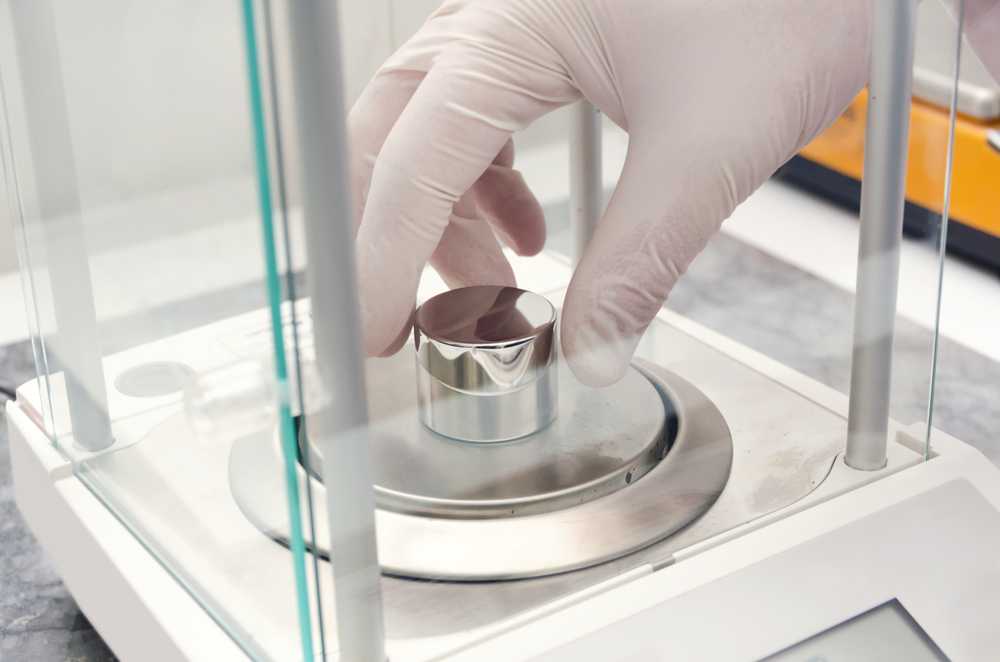
Traceability
Legal metrology deals with the traceability chain as regards consumers and producers, establishing criteria for the correct use of instruments and verification procedures.
Each measurement presupposes the comparison of the quantity to be measured with a sample, through the use of an instrument. This is evident when, for example, an object is weighed with a plate scale: the scale represents the instrument and the counterweight the sample. More often, in daily use, the sample is absent from the measurement process, as the instrument is calibrated with a sample quantity already by the manufacturer.
The accuracy of the measurements then depends on the stability characteristics of the instrument, i.e. on its ability to reproduce the same results by measuring the same quantity, over time and regardless of environmental conditions. Periodic repetition of the calibration process is often required to ensure original levels of accuracy. Legal metrology deals with instrument calibration procedures, which has an essential role in guaranteeing the orderly conduct of trade and industrial production.
In the next in-depth analysis we will talk about the Metrological Laboratory and its activities.
